The user can set the primary computational option for enabling the vegetation feature Use vegetation resistance and Use vegetation with diagnostics from the drop-down menu as shown in Figure 1.
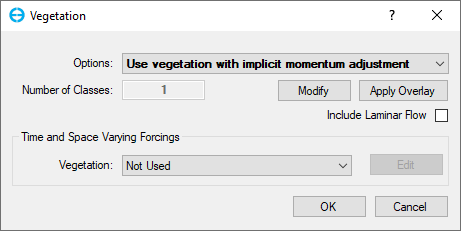
Figure 1. Hydrodynamic Options: Vegetation.
There are three vegetation options available in EE as shown in Vegetation#Figure 2.

Figure 2. Hydrodynamic Options: Vegetation Options.
To set the number of vegetation classes and their properties, the user should click on the Modify button as shown in Figure 1. After that, the Vegetation Class Option form will appear as shown in Figure 3.
On that form, the user can define the number of vegetation classes by entering a number into the input box of Number of Classes (e.g., 4) then press the enter key, and the grid will be expanded to accommodate the desired number of classes. In this case, four blank columns with the ID from 1 to 4 will be created, and the user will then enter values for the vegetation fields from Description row to Drag Coeff Factor row as shown in Figure 3.
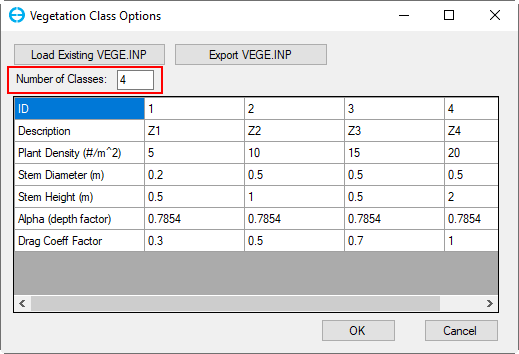
Figure 3. Vegetation Class Options form.
In the Vegetation Class Options form,
Once the user finishes filling the vegetation settings, as shown in Figure 3, click OK button to return the Figure 1 form. In some cases, the user may want to set four vegetation classes to four different zones (regions) of the model domain, as shown in Figure 4. In this case, click Apply Overlay button, and the Apply Cell Properties: Vegetation form will be shown as shown in Figure 5.
Default Class: the first class is always displayed in the box, so the user needs to define which vegetation class will be used to set to the grid cells by clicking the drop-down arrow to select the proper type.
In this example, set vegetation class 1 to zone 1, class 2 to zone 2, class 3 to zone 3, and class 4 to zone 4. So select the Only grid cells inside polygons option, next select class 1 in the Values to Set frame, next, in the Polygon Files frame, click Add File button to browse to the polygon file which defines zone 1 ( e.g Zone 1.p2d) as shown in Figure 5. Then click Apply Defined Conditions button to proceed with the vegetation assignment process. A message will pop up when it is complete. Then click OK button. Taking similar steps as doing for zone 1 to other zones. Once the vegetation assignment is complete, from the Layer Control, click the Add button to add the vegetation class to the 2DH View, as shown in Figure 6 and vegetation map is shown in Figure 7.
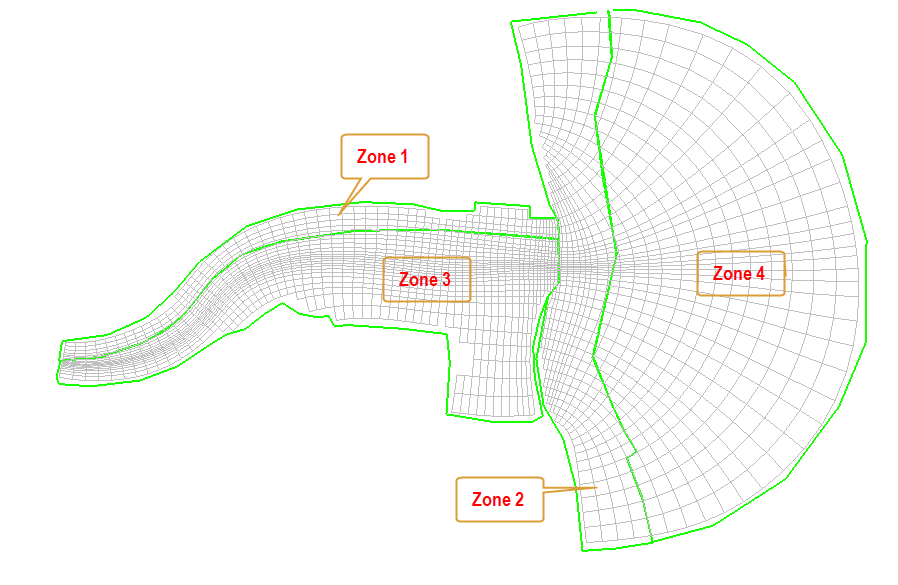
Figure 4. Defined zones for Vegetation assignment.
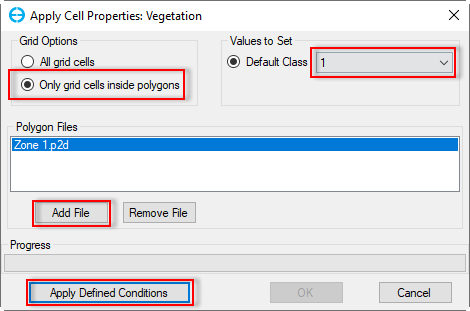
Figure 5. Apply Cell Properties via Polygon: Vegetation form.
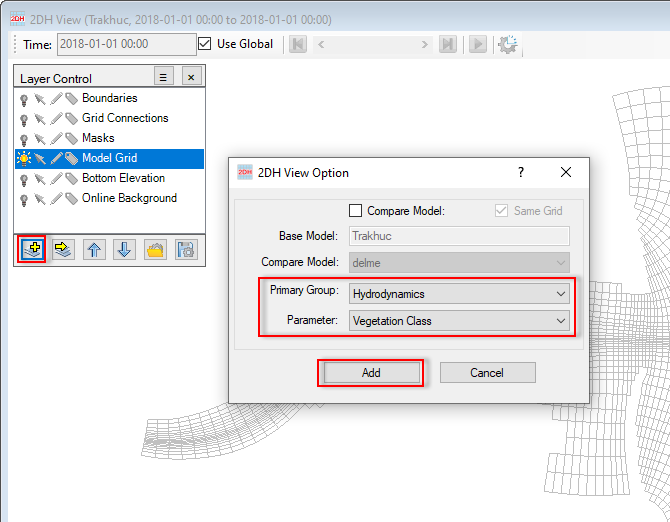
Figure 6. Add vegetation layer to the 2DH View.
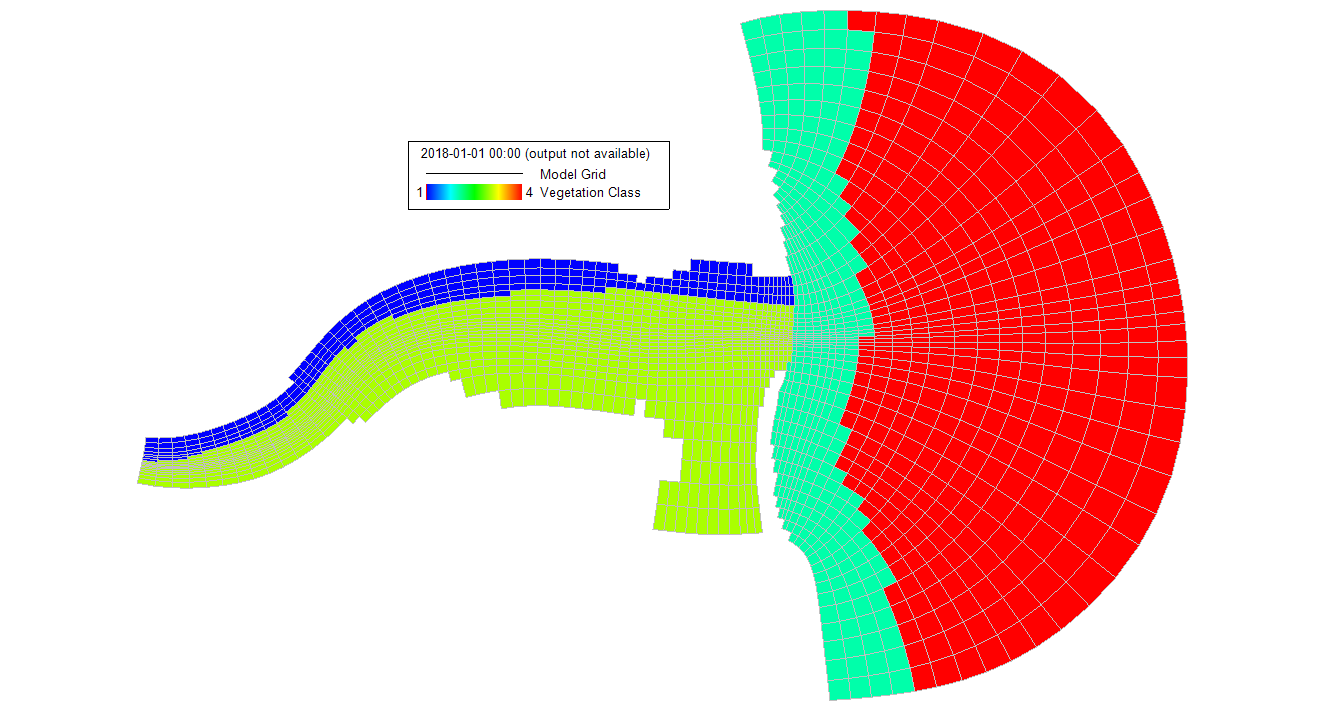
Figure 7. Example vegetation map assignment.
For a model domain that needs to assign many vegetation types (e.g., hundreds), using each polygon file (*.p2d) to assign vegetation to each zone, as described above, will take time. An ideal solution for this case is using the shapefile (*.shp), which contains many polygons. Alternatively, a P2D file can be used with multiple polygons. In this case, the Description must match the ID in the shape file or in the P2D. An example of this P2D format is provided in the Appendix B-1. EE will refer to the Description in the Vegetation Classes Options form (Z1, Z2, etc) to assign vegetation classes, as shown in Figure 8. Click Apply Overlay button, then the Apply Cells Properties: Vegetation form will appear.
(1) Select Only grid cells inside polygons option, the user does not care about the Values to Set frame
(2) Click Add File button
(3) Open Polygon File form will appear. The user should browse to the shapefile (e.g. Zone1-4.shp)
(4) Click Open button
Right after clicking the Open button in step 4, the Shapefiles Attributes form will appear as shown in Figure 10, The fields (columns) of the shapefile will be shown in the Data set Preview. The Name column is the same as the name in the Description row in Figure 8. The user should select "Name" for the ID Field as shown in Figure 10 then click OK button. EE will then return to the form shown in Figure 11. Click the Apply Define Conditions button to proceed with the vegetation assignment. The resulting vegetation assignment using a shapefile is shown in Figure 12.
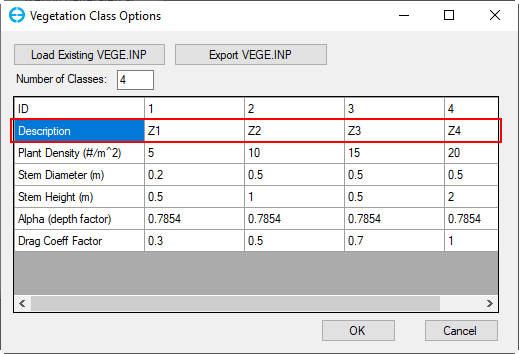
Figure 8. Vegetation class Options form: Description.

Figure 9. Import shapefile to define vegetation map.
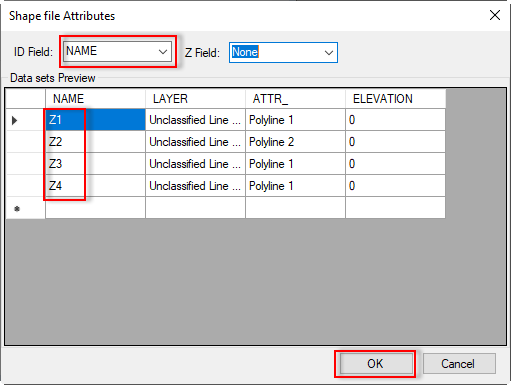
Figure 10. Import shapefile to define vegetation map.
Figure 11. Apply Cell Properties via Polygon: Vegetation form.

Figure 12. Vegetation map assignment using shapefile.